ELECTRONICS INDUSTRY COMPONENTS
Electronics Industry components
✓CNC Machining:
Suitable for metal/plastic housings, heat sinks, and other components, with tolerances as tight as ±0.01mm. They are metal housings/shielding covers, heat Sinks/cooling Fins, connector housings, precision structural components, etc.
✓EDM (Electrical Discharge Machining):
Ideal for hard-to-cut materials like tungsten steel, achieving a surface roughness of Ra 0.4μm. For example, tungsten steel/hard alloy molds, micro-electrode processing, complex deep holes/narrow grooves, high-orecision gears/turbine components and so on.
.
✓Laser Micromachining:
Fiber laser cutting enables micro-hole processing below 20μm. They are FPC flexible circuit cutting, micro-sensor window, precision sieves/filters, glass/sapphire Cutting and so on.
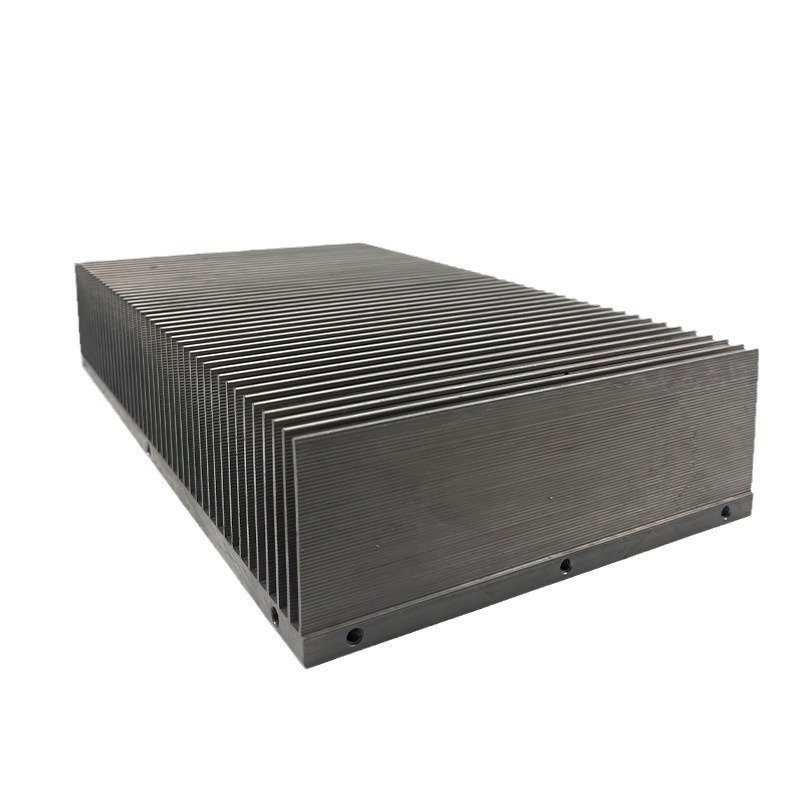
Types of Electronics Industry components We've Made
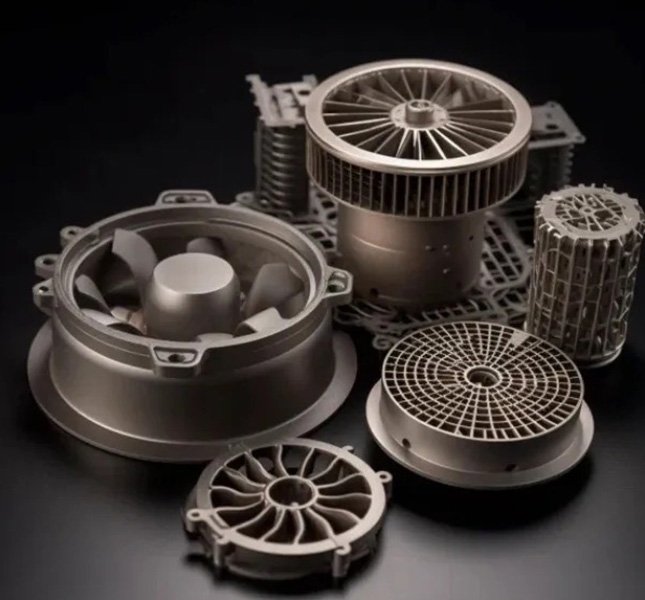
This is a batch of heat dissipation components for electronic devices produced by our company using 3D printing technology. As the performance of electronic devices continues to advance, thermal management technology has become a critical factor affecting device efficiency. 3D printing technology demonstrates unique advantages in manufacturing heat dissipation components for electronic devices, particularly in processing metal materials.
Advantages of 3D-Printed Metal Heat Dissipation Components for Electronic Devices:
The primary advantage of 3D-printed metal heat dissipation components lies in their ability to achieve complex structures in a single-step formation. This characteristic makes them exceptionally suitable for producing heat exchangers and radiators. Traditional methods for manufacturing heat exchangers and radiators typically require welding or bonding individual fins or plates together—a process that is not only time-consuming and labor-intensive but also prone to weld joint failures. In contrast, 3D printing technology enables the creation of all internal structures in a single manufacturing process, significantly enhancing production efficiency and radiator performance.
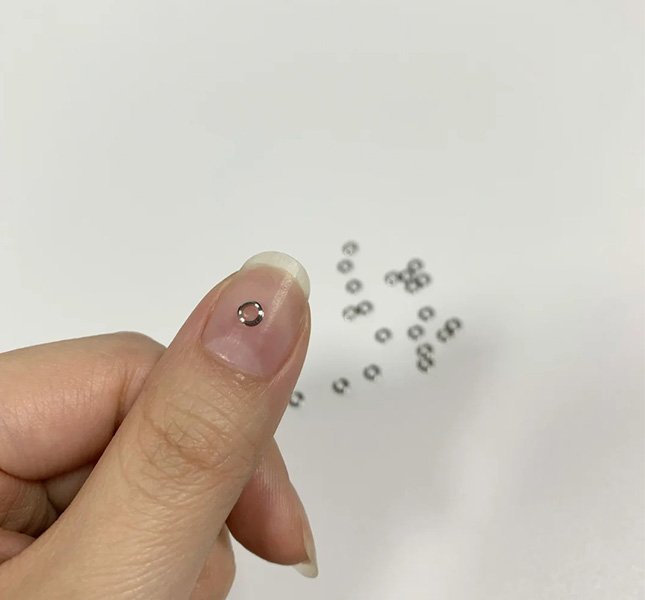
This component is typically a metal accent ring around a smartphone's camera lens, serving both aesthetic and protective purposes. Many flagship models use precision-machined stainless steel or anodized aluminum rings for a premium look.
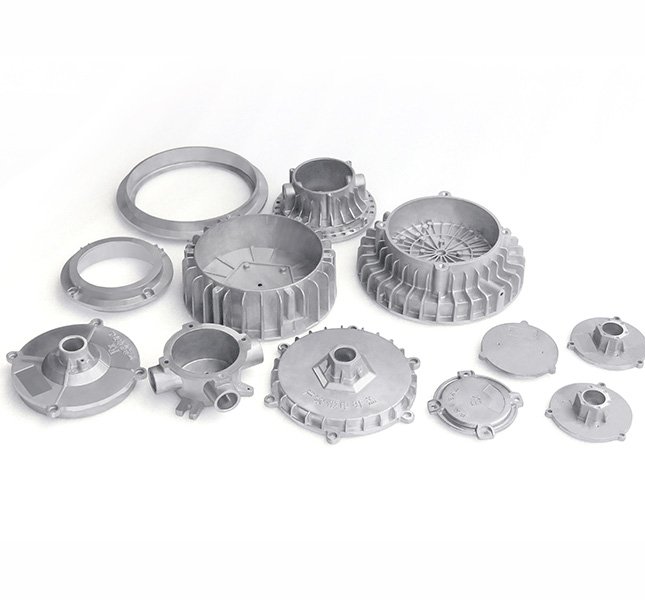
Die-cast lighting housings are widely used in the lighting industry, with their design, materials, and manufacturing processes balancing functionality, aesthetics, and cost-effectiveness. Common materials include aluminum alloy, zinc alloy, and magnesium alloy.
Last year, approximately 20K lighting housings were produced by FUTURE PRECISION, all made of aluminum alloy.
During production, dimensional tolerances must be controlled within ±0.1mm to ±0.3mm. The housing walls should have uniform thickness to prevent shrinkage cavities and deformation. Reinforcing ribs are incorporated to enhance strength while reducing weight. A draft angle of 1° to 3° is typically applied to ensure smooth demolding. Surface treatment involves anodizing to improve corrosion resistance and visual appeal.
Post-processing mainly includes deburring through vibratory tumbling or robotic grinding, followed by CNC precision machining for critical areas such as mounting surfaces or threaded holes.
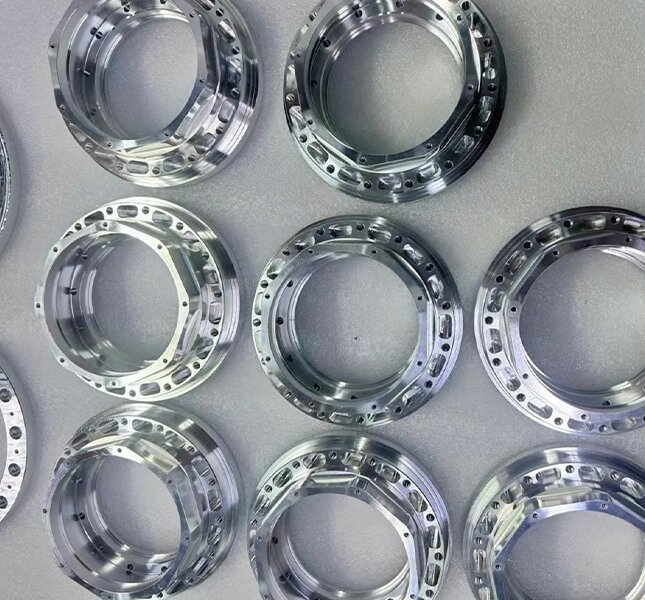
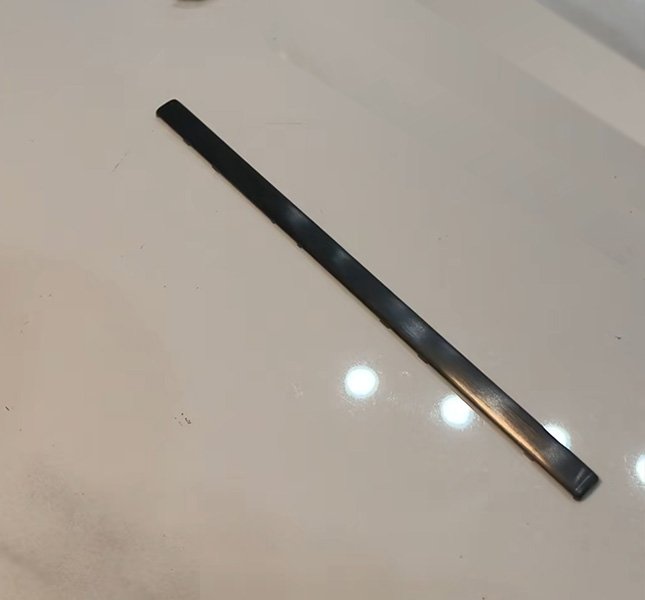
Titanium alloy is used for its exceptional strength and lightweight properties. Compared to traditional materials, it offers 120% higher strength, effectively supporting repeated screen folding while reducing overall weight and improving grip comfort.
The 3D printing serves as the "secret weapon" for crafting the hinge cover's intricate structures, overcoming the limitations of traditional manufacturing in thinness and precision. It enables the perfect fusion of complex geometries and ultra-slim profiles. Traditional CNC machining struggles with titanium alloy—costly, material-wasting, and ill-suited for intricate designs.
3D printing achieves near 100% material utilization, superior precision/strength, and even hollow structures for further weight reduction.
Titanium’s hardness demands extreme polishing expertise. This stage requires seamless integration of equipment, materials, and technique to achieve flawless surface flatness and luster—directly defining the phone’s premium look and feel.
Combined with CNC machining, polishing reaches an accuracy of 0.001mm (1/70th of a hair’s diameter), ensuring perfect alignment with other components for smooth folding and enhanced water/dust resistance through airtight tolerances.
Though small, the hinge cover embodies cutting-edge technology and masterful craftsmanship, laying the foundation for foldable phones’ seamless user experience!
